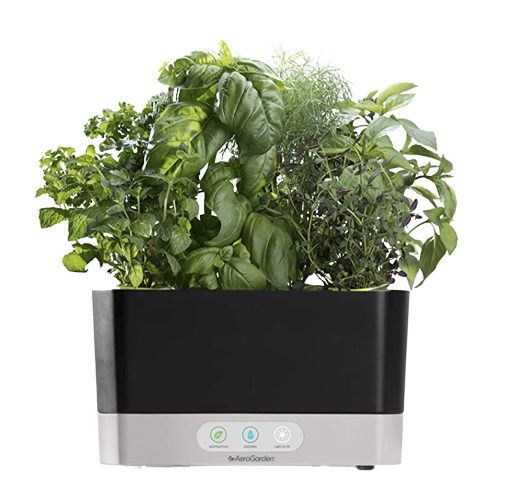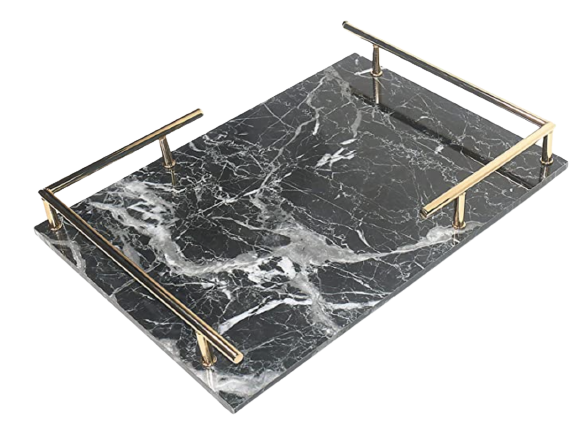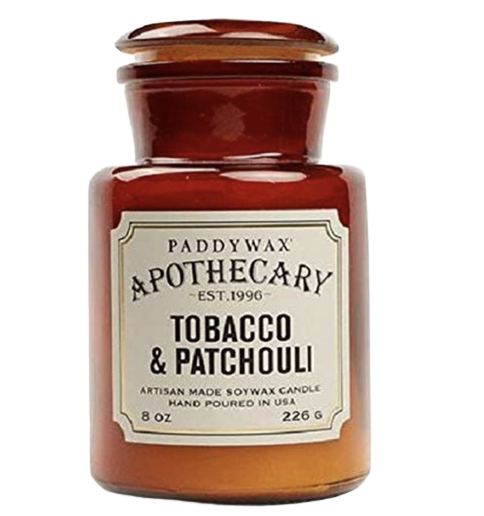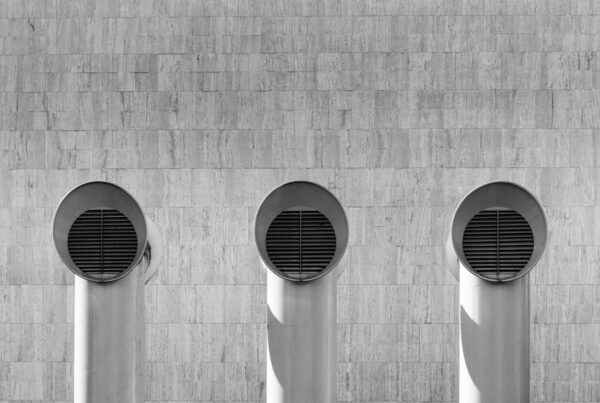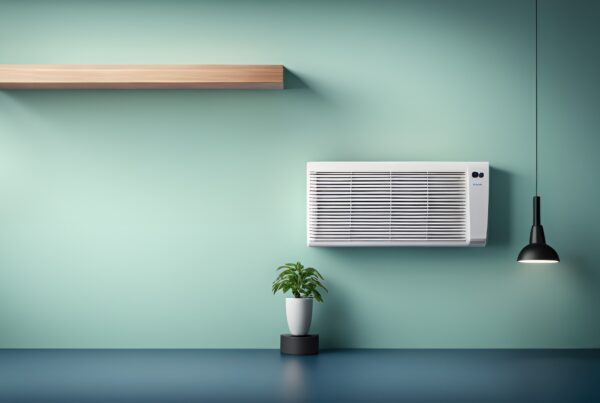Last Updated on January 9, 2024
Do you hate plumbing emergencies? They can be some of the dirtiest, smelliest and nastiest problems you can encounter.
If you are buying a home, or you want to lessen the chance of a plumbing emergency at your existing home, you should do a thorough inspection of the home’s plumbing.
Identifying problems early and dealing with them promptly, helps to ensure you won’t encounter a plumbing disaster. If you find, after an inspection, that you would like to have a plumber take a look, there are many quality Wollongong plumbers.
Water Quality
Turn on the tap and let it run for a minute or two. You want clear, colorless and odorless water. If you notice your water is cloudy or colored, or has a bad odor, there could be a problem with your water supply lines. It’s also possible there is a problem with your city’s water supply.
If you suspect a problem with the city water supply, check with a few neighbors and find out if they are experiencing the same issue.
Your water pressure should be steady and easily adjustable. Low water pressure can be a sign of scale or other build-up in your pipes, or possibly a leaking pipe.
Check all of your taps. A problem occurring at only one outlet will have a different solution than if all your water outlets are affected.
Drainage System
Check all of your drains. A problem with one of your drains is different than if all of your drains are having the same issue.
Problems with drains can be caused by an accumulation of hair, food, oils, or other fatty liquids. If there are children in the household, suspect that a toy or other item was dropped down the drain, particularly the toilet.
More serious problems can result from broken or misaligned sewer mains. Homes with older sewer lines can suffer from tree roots invading the sewer. The roots break the seal between segments of the pipe, looking for water and other nutrients.
You can deal with some blockages yourself. For more serious issues, professional plumbers have several tools at their disposal to deal with blocked sewer lines. Drain snakes, high-pressure water jets, and CCTV cameras can be used to locate and resolve some blockages.
If those don’t work, then you are looking at having to replace or repair the sewer line. For sewer repair, you want to contact a licensed and bonded professional.
Toilets
Check the toilet for leaks and faulty valves. Make sure it flushes completely and then refills and shuts off.
Check to make sure the toilet is properly sealed to the floor. If the wax ring is broken, it will cause the toilet to wobble and allow water to damage your flooring.
Sinks and Vanities
Look under the sink for any signs of water damage. If you see mould, water damage or puddles there could be a problem. Look for any active leaks or drips.
Make sure the sink is tightly sealed. Water splashing out of the sink can get into any cracks and stain or ruin your cabinets.
Check the water supply lines for wear. Check the drain pipes for any sign of leakage.
Bathroom Shower
Check the fixtures in your bathtub or shower. Faucets should provide steady even water pressure.
Your mixing valve should be easily adjustable and provide water at a safe warm temperature.
Inspect tiles, looking for loose tiles and hidden water damage. Water leaking into your walls or floors from the shower can cause mould or damage to walls and subsurface.
Laundry
Check your washing machine and laundry area for any signs of leaks or water damage. Washing machine supply lines can wear out over time. If they are brittle, cracking, or show other signs of age they should be replaced.
Water Heater
Water heaters wear out over time. Do a thorough inspection of this area. Look for signs of leaks around your tank. Also, be alert for rust forming on your water heater or the pipes connected to it.
Listen to the tank when it is heating. If you hear a boiling or clanging sound from inside, that indicates the water heater could be nearing the end of its life span.



